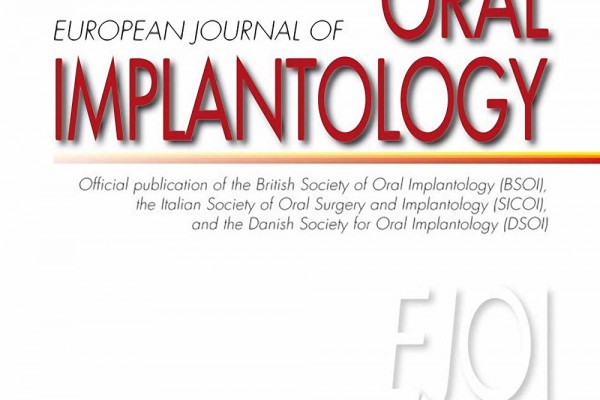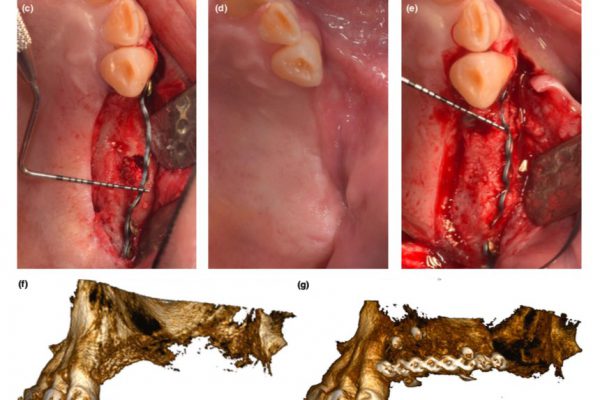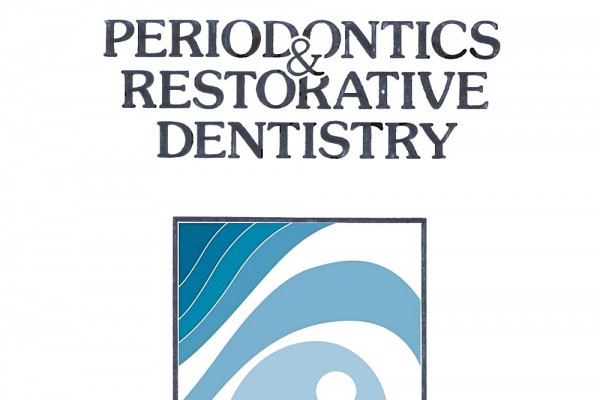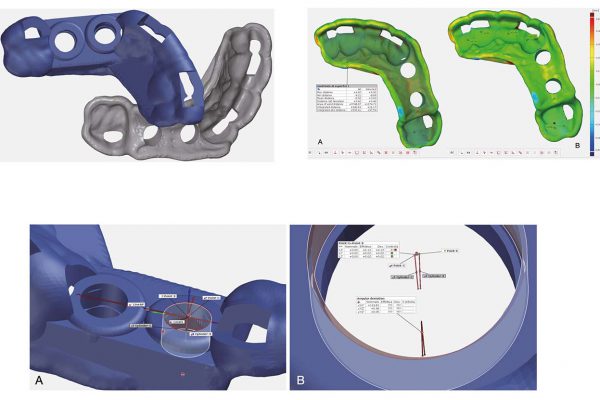The Fence Technique: 100% Autogenous Bone Graft vs 50% Deproteinized Bovine Bone Matrix and 50% Autogenous Bone Graft. A Histologic Randomized Controlled Trial.
Mauro Merli, Giorgia Mariotti, Umberto Pagliaro, Annalisa Mazzoni, Marco Moscatelli Michele Nieri
The aim of this histologic, single-blind, parallel, randomized clinical trial was to compare vertical bone augmentation grafting with 100% autogenous bone (group AB) vs 50% deproteinized bovine bone matrix (DBBM)/50% autogenous bone (group BOAB) using the Fence Technique in a two-stage implant placement. A biopsy was performed in the regenerated area at implant insertion 6 months
after the augmentation surgery. The results reflect a sample size of four patients treated per group. At implant placement, 6 months after grafting, no significant differences were evident in the histomorphometric comparisons, even if the percentage of residual graft was obviously greater in the BOAB group (P = .0314).
Int J Periodontics Restorative Dent 2020;40:181–190. doi: 10.11607/prd.4116





